When the Hoover Collection was first processed, it was actually at Sprague Library at Harvey Mudd College. Herbert Hoover the third donated the collection originally to Harvey Mudd College, and they created a Sprague Library to house the material. It created a lot of popularity for Harvey Mudd College, however, Sprague Library was ill-prepared to take on such a collection. I found the initial report recording the lack of temperature control (a cool temperature is critical for books, so they do not get damaged). Furthermore, there were reports of vandalism and petty theft. Additionally, researchers were reading the materials in the same room where the collection was being housed, which could encourage theft. Sprague Library did improve these conditions. Currently, Sprague Library no longer exists, and the materials got moved to the Honnold Mudd Library instead. It is fascinating to learn the history behind the cataloging of such an impressive collection.
Return to Processing
I returned to Claremont after my summer break. I am now processing, reorganizing, and refoldering the documents within the Hoover Collection. I have focused mainly on the 1970s and the 1980s form when the Collection was first donated to the library. I got the opportunity to see my collection in action. There was a display of some of the books within the Hoover Collection to a geology class. It was awesome to talk about the collection and my work with people. Additionally, it is amazing to see the amazing job that archivists do to preserve sources. Additionally, I feel as though I getting to experience an intimate knowledge with the matieral- uncovering the mystery of how people came to understand the Hoover Collection. Furthermore, I got to learn new library science skills like photocopying folders to acidic-free paper and getting to witness acid burn and rusty on paper first hand made me fully appreciate history and the material even more.
Herbert Hoover Collection Week 3
This week during my time at CCEPS, I met with Lisa to help me with my processing plan for the Hoover Collection. I am learning the skills of the archivist: I put photos and newspapers into mylar sleeves, I learn some of the terminology and methods for cataloging sources and learning how to create a digital archive. Additionally, I got to look through more source material of early texts about geology and science in the Hoover Collection. One book I found was from 1696 on the theory of the creation of the earth. During this time, scholars in the Royal Society tried to reconcile religion with new developments in geology. One could not separate religion from science during this time. The other book I read was from 1654 on meteors. Again, understanding the sky was seen as investigating God, or “heavenly bodies,” itself. It is not exactly clear to me why Hoover collected this book because it is closely related to astrometry than to geology which is why I wanted to look at it myself. Fascinating to see scholarly views on religion and science from this time.

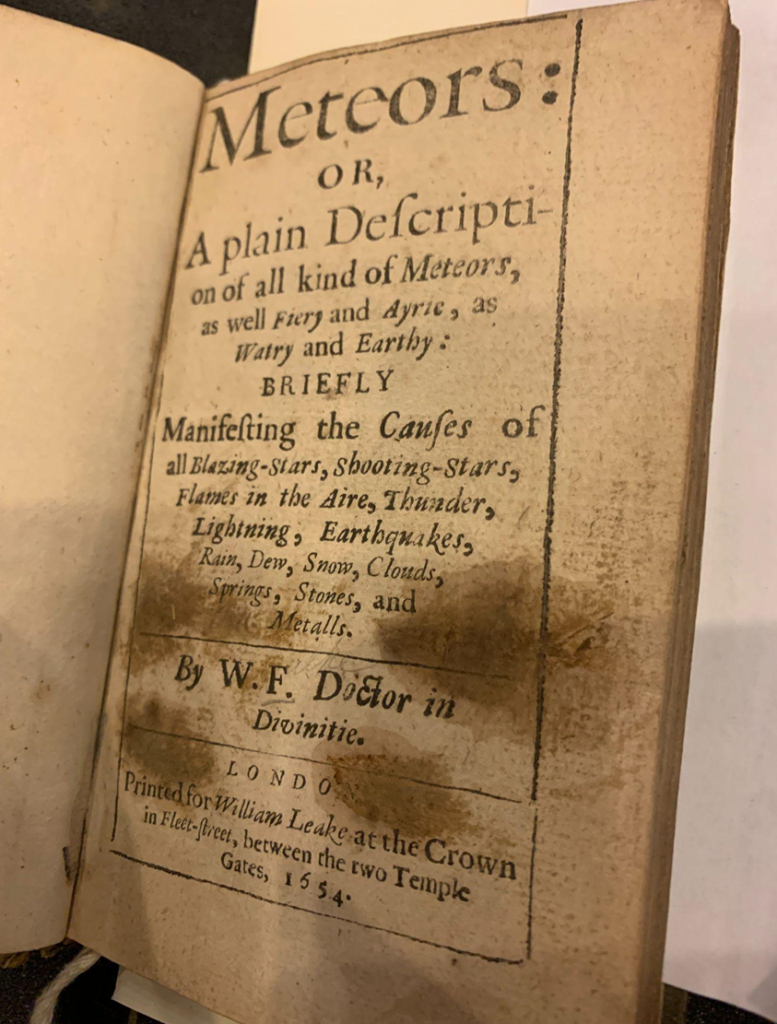
Herbert Hoover Collection Week 2
This week I finished my processing plan, my personal organizing of the materials related to the Herbert Hoover Collection, for Lisa to review. In the meantime, I got to look at one of the oldest books in the collection, Geographia by Stabro written in 1472. Additionally, I looked through Agricola’s De Re Metallica from 1560 and Hoover’s translation from 1912. It is amazing to see how the material of the book affects how well it ages; while the original and the translated copy of De Re Metallica are 400 years apart, their pages’ edges were wrinkled. There were also some collections from the Royal Society dating around the 1700s to 1800s. I got to see the documents we discussed for my History of Science course in person; however, it was more challenging to read than I thought because the sources are in academic writing from over 100 years ago. It was amazing to touch such old documents and the details of the maps and pictures. I felt I was touching history. I have attached the photos of the material I looked at.
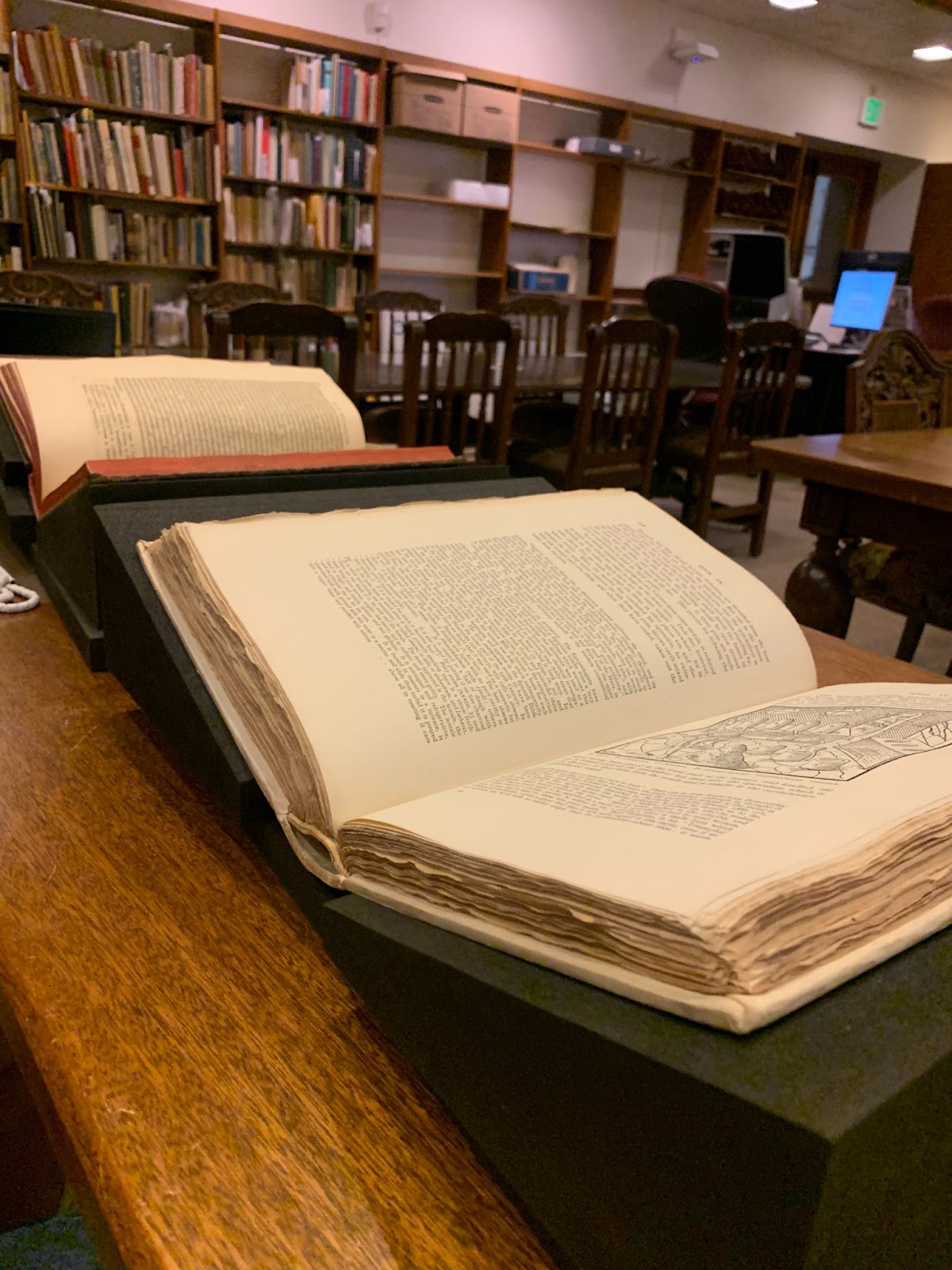
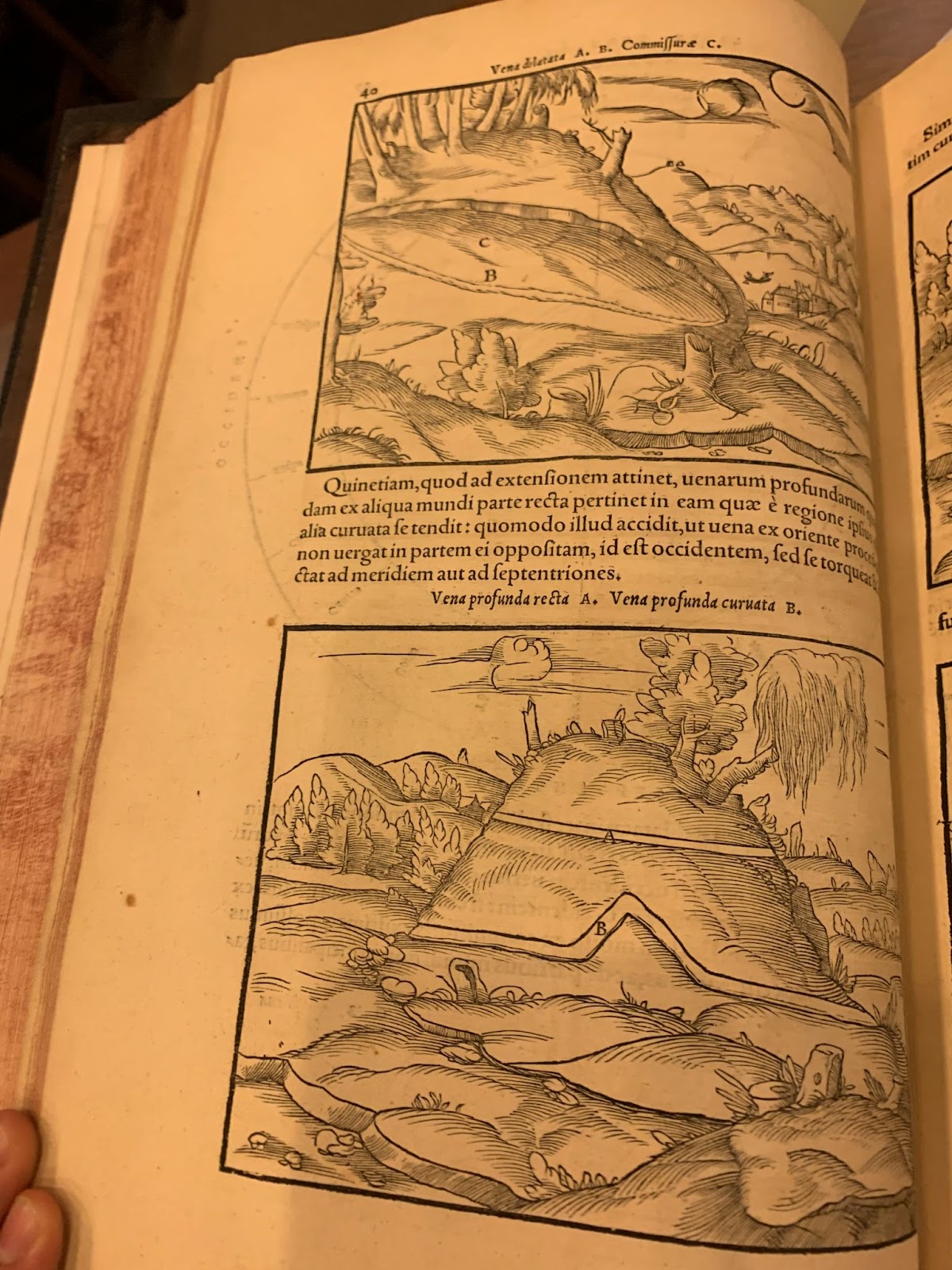
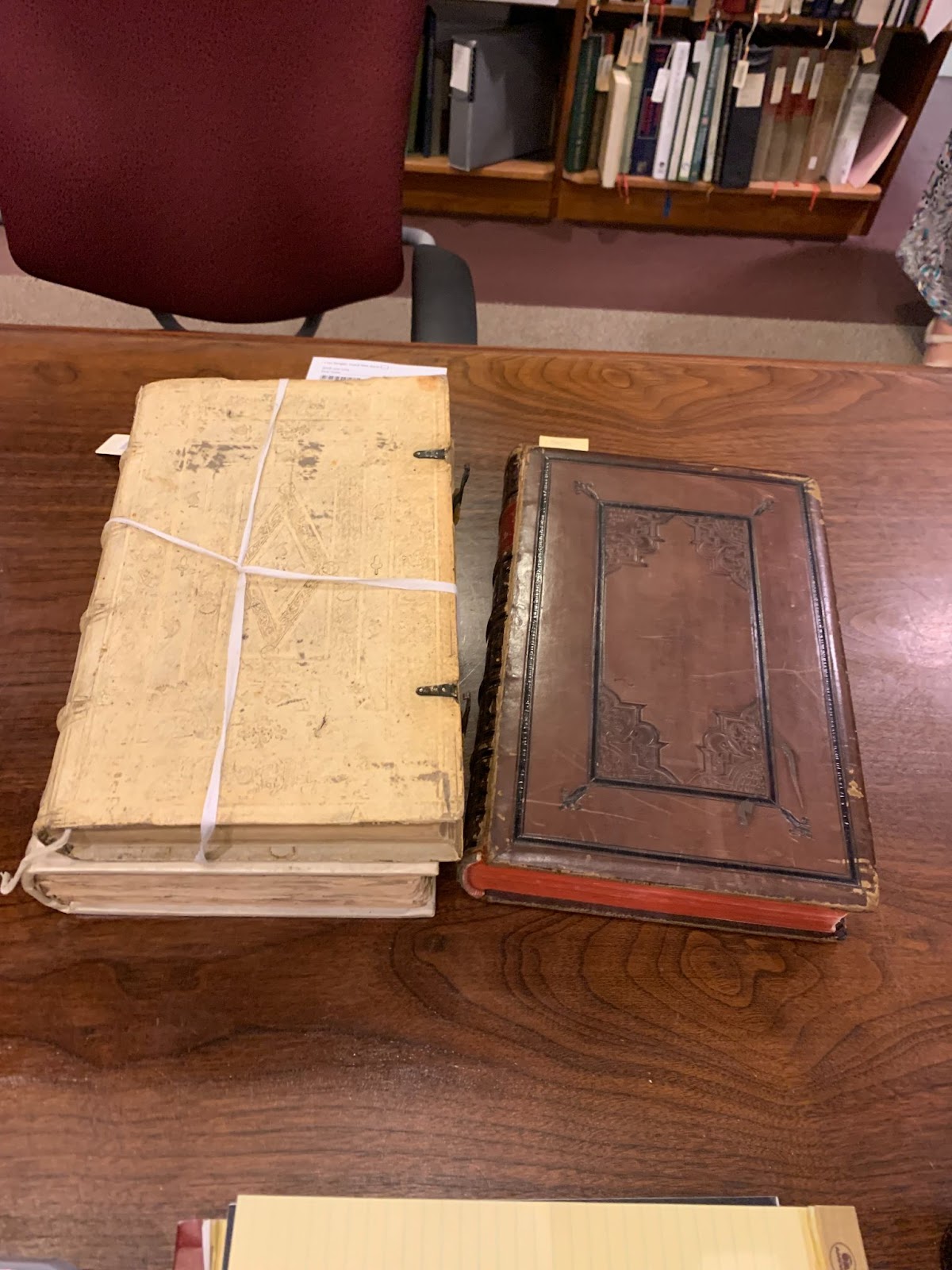
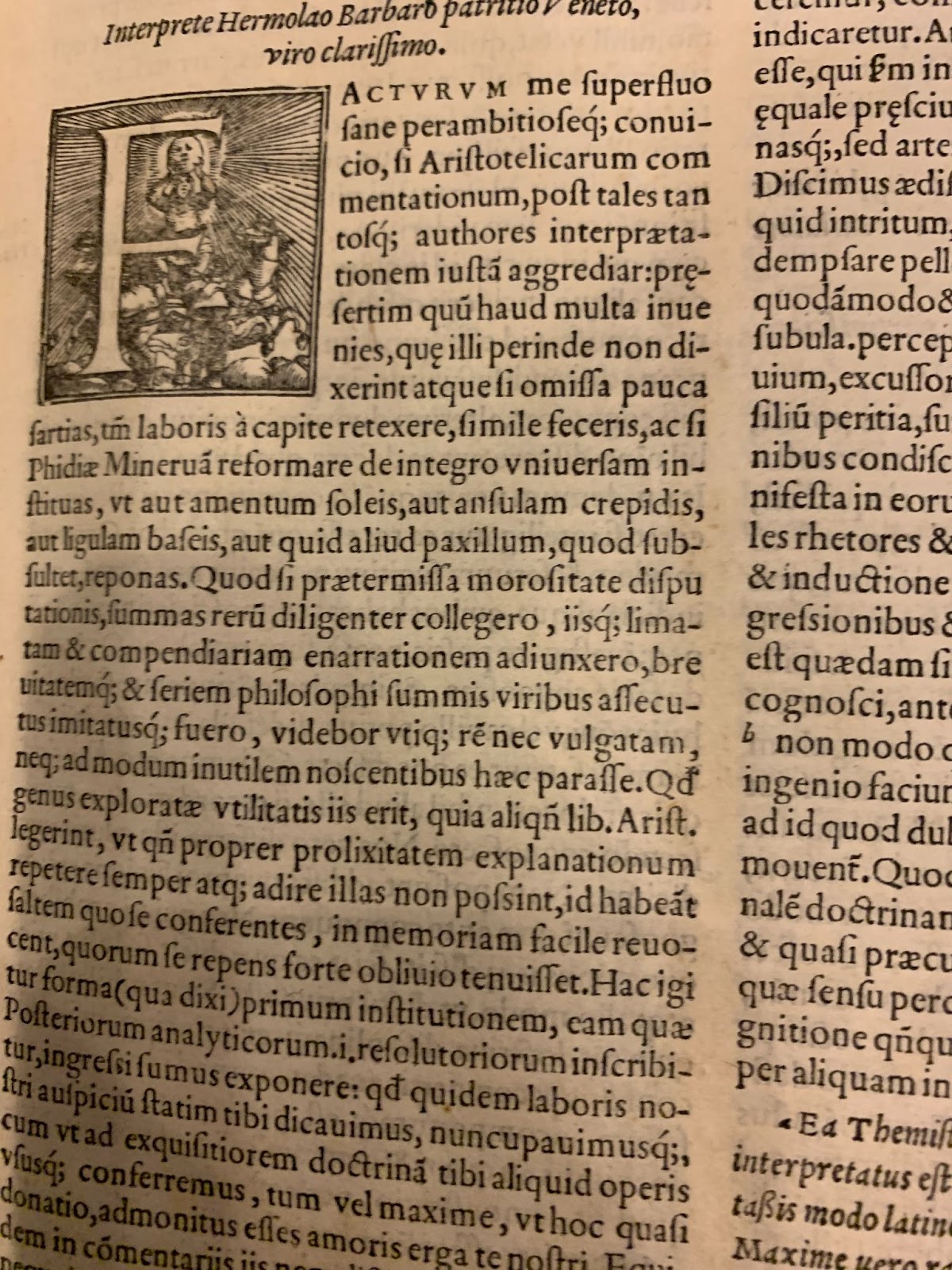
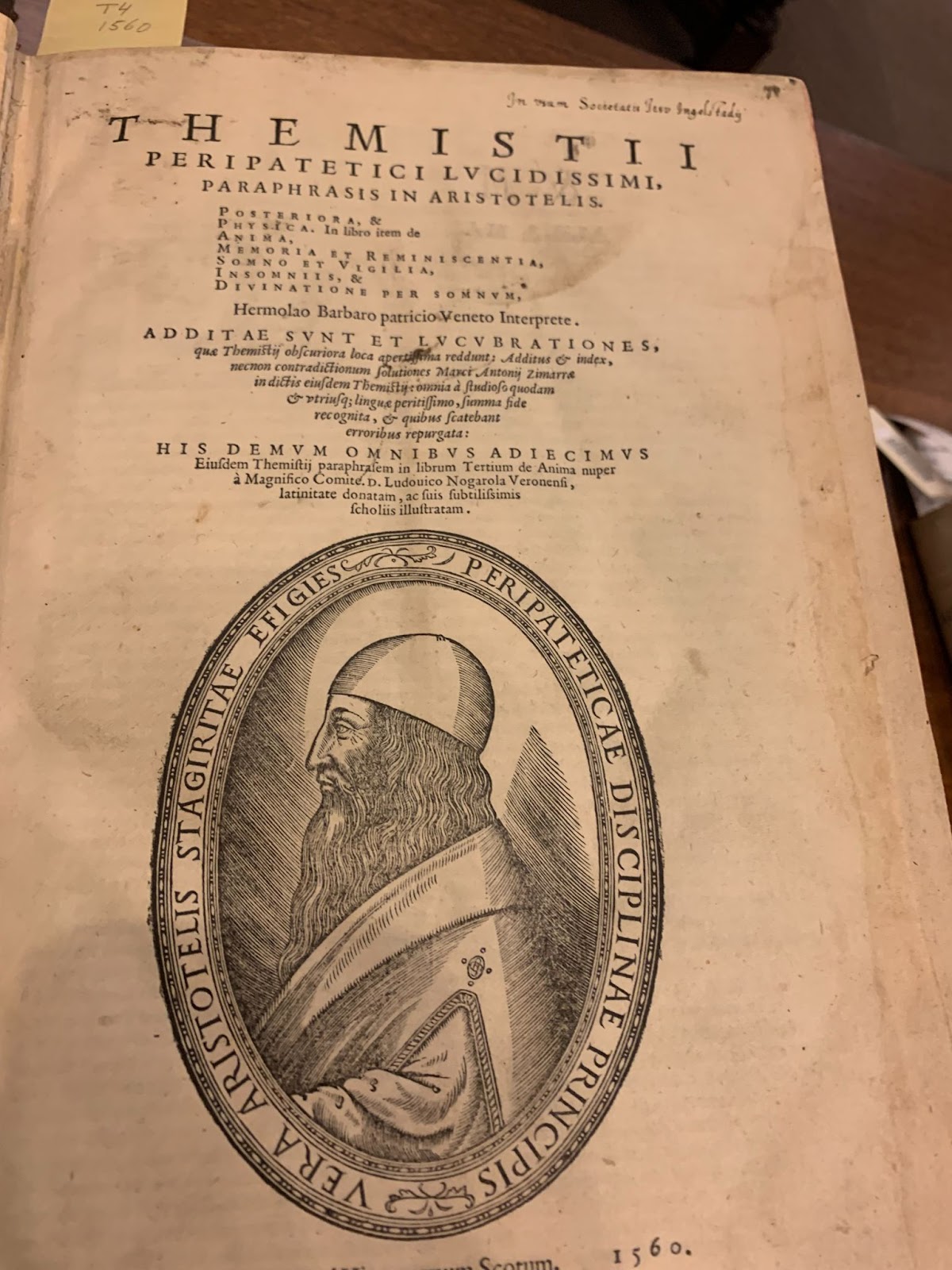
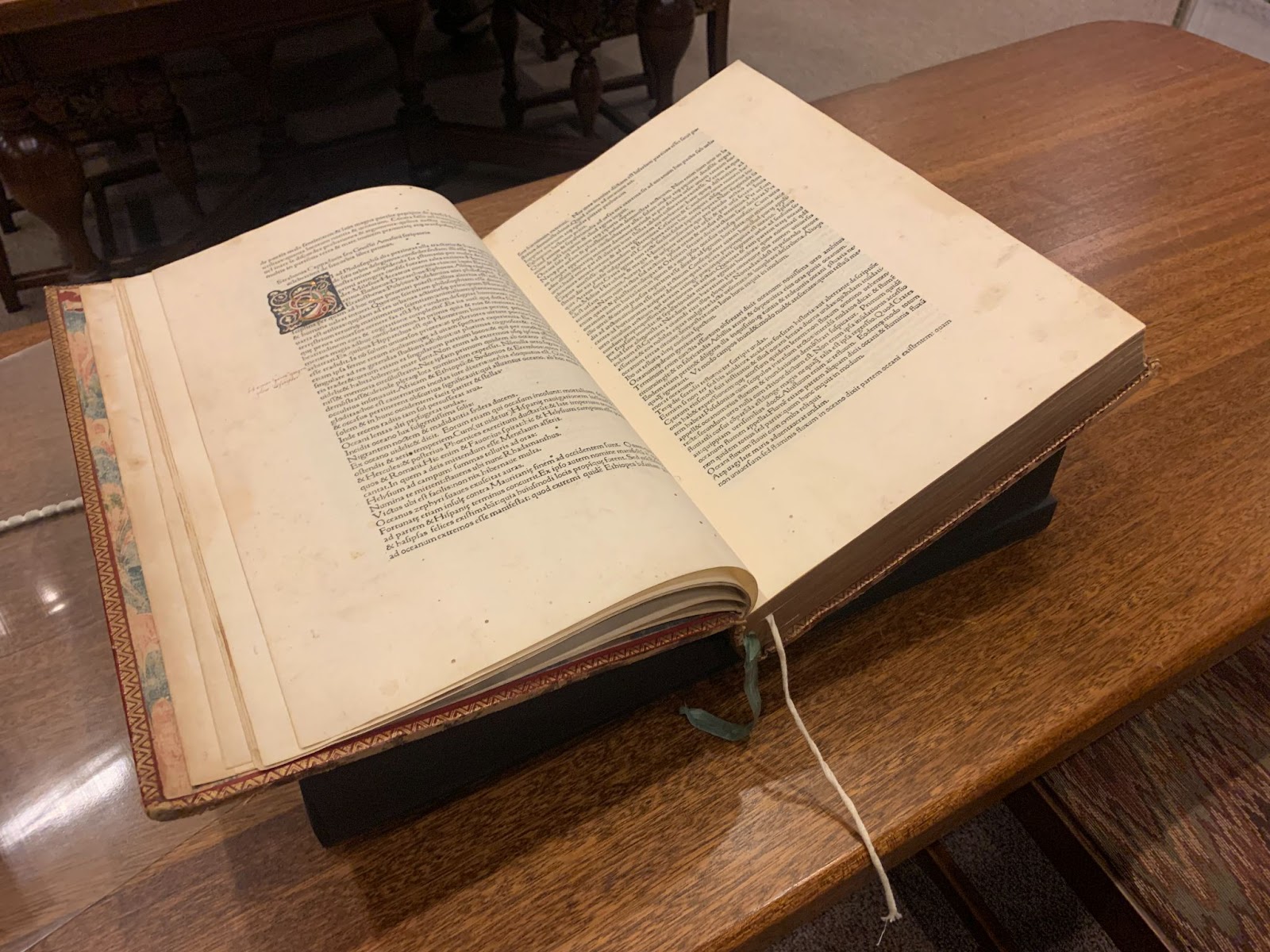
Herbert Hoover, Former Geologist and Engineer
31st U.S. President Herbert Hoover is remembered as the leader of America through the first few brutal years of the Great Depression. While his 1929-1933 term did not revive the country’s economy, his visions to harness the water-power of the American Southwest were a success. This is undoubtedly related to his career before presidency as a mining engineer, and his original education in Geology from Stanford University.
Below is a 1932 photograph of President Hoover and other notables involved in the Water Projects touring the diversion tunnels near Boulder City, Nevada. This is the future site of the Hoover Dam, an American engineering feat.
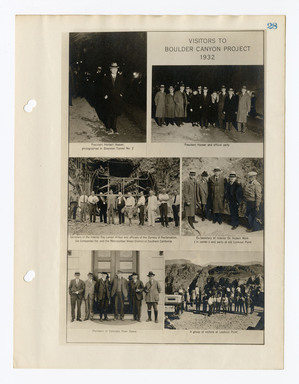
NARA Series: Boulder Canyon Project Series, 1948-1966. Record Group 48: Records of the Office of the Secretary of the Interior, 1826-2009. National Archives Identifier: 2292774